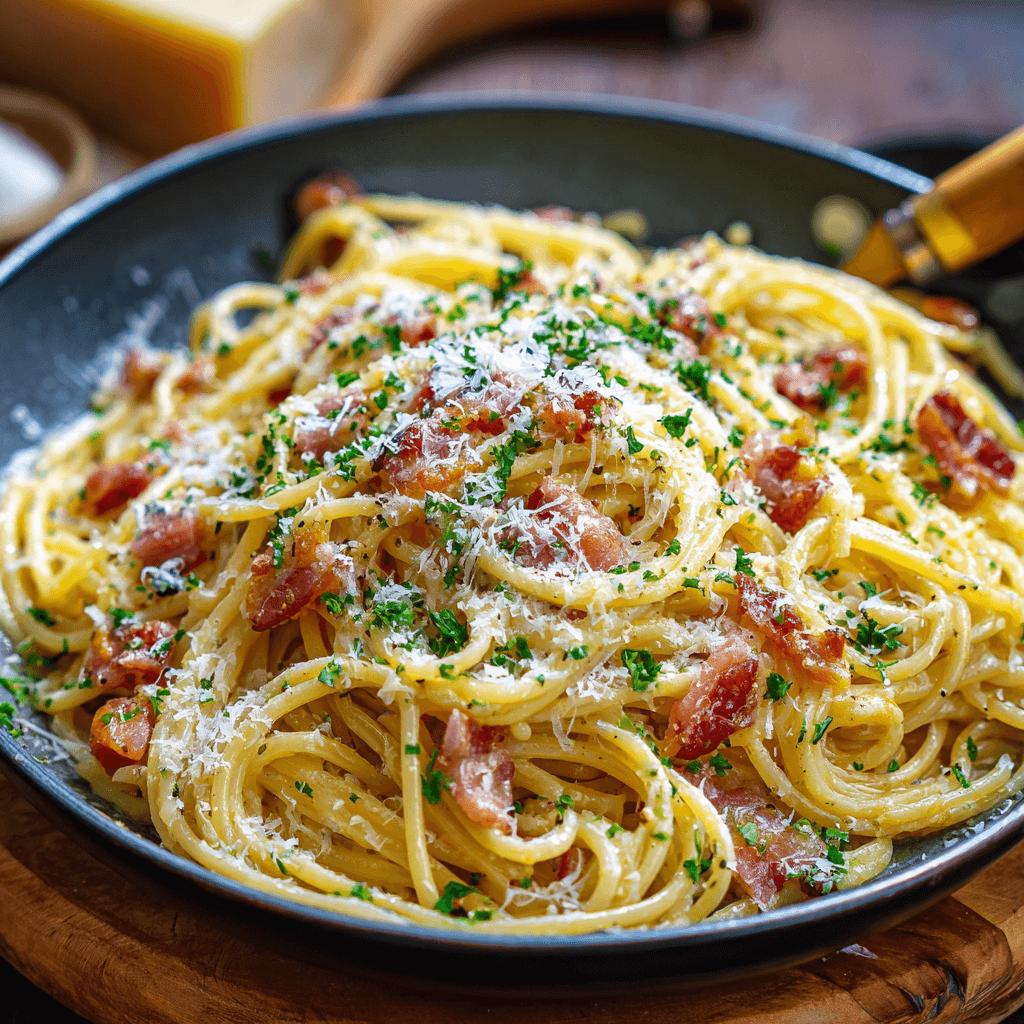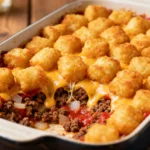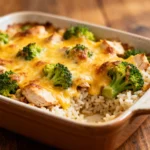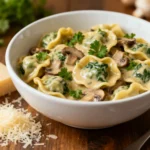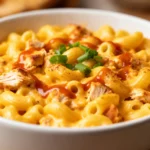Introduction
Spaghetti alla Carbonara is one of Italy’s most iconic pasta dishes, celebrated for its simplicity and rich flavors. Originating from Rome, this dish combines a few humble ingredients to create a creamy, indulgent sauce that coats perfectly cooked spaghetti.
The History
The origins of Spaghetti alla Carbonara are somewhat debated, but it is widely believed to have been created in post-World War II Italy. The dish gained popularity as American troops introduced eggs and bacon (or pancetta) to the local cuisine. Some suggest the name “Carbonara” comes from the Italian word “carbonaro,” meaning coal miner, hinting at its working-class roots.
Ingredients Breakdown
- Pancetta: Adds a salty, savory flavor that forms the base of the dish.
- Eggs: Serve as the primary binding agent, creating a luxurious, creamy texture without any cream.
- Pecorino Romano or Parmesan Cheese: Provides sharp, nutty notes that enhance the overall flavor profile.
- Spaghetti: The star of the dish, offering the perfect texture when cooked al dente.
- Black Pepper: Balances the richness with a spicy kick.
- Garlic (optional): Can be added for an extra layer of depth.
Step-by-Step Recipe
- Cook the Spaghetti: Bring salted water to a boil and cook the spaghetti until al dente according to package instructions.
- Prepare the Sauce: In a bowl, whisk together eggs, grated cheese (Pecorino Romano or Parmesan), and freshly ground black pepper. Set aside.
- Cook the Pancetta: Heat olive oil in a pan over medium heat, add diced pancetta, and cook until crispy and golden brown.
- Combine: Reserve some pasta water, then drain the spaghetti and immediately add it to the pancetta pan, tossing to coat.
- Add the Egg Mixture: Remove the pan from heat and quickly pour in the egg mixture, stirring vigorously to create a smooth sauce. If needed, add a little reserved pasta water to adjust consistency.
- Serve: Plate the carbonara, garnish with additional cheese and pepper, and serve immediately.
Tips
- Avoid cooking the eggs by ensuring the pan is off the heat when adding the egg mixture; residual heat will gently cook the eggs without scrambling them.
- Use high-quality ingredients, especially for the cheese and pancetta, as they significantly impact the final taste.
- Do not overcook the spaghetti—al dente ensures the best texture and prevents sogginess.
- If you prefer a lighter version, reduce the amount of cheese slightly while maintaining balance.
Variations and Customizations
While traditionalists may insist on sticking to the classic recipe, there are several ways to personalize your Carbonara:
- Guanciale Instead of Pancetta: For a more intense flavor, swap out pancetta for guanciale, a cured pork jowl.
- Adding Vegetables: Incorporate sautéed mushrooms, peas, or spinach for added nutrition and variety.
- Spicy Kick: Include red pepper flakes or chili oil for those who enjoy heat.
- Vegan Version: Replace eggs with silken tofu or nutritional yeast for a plant-based alternative.
Health Considerations and Nutritional Value
Spaghetti alla Carbonara is relatively high in calories due to its egg and cheese content, but it also offers protein and healthy fats. To make it healthier, consider using whole wheat spaghetti and reducing the portion size. One serving typically contains around 500-600 calories, depending on ingredient quantities.
Ingredients
- 400g Spaghetti
- 100g Pancetta, diced
- 3 large Eggs
- 100g Pecorino Romano or Parmesan Cheese, grated
- Freshly ground Black Pepper
- Olive Oil
- Salt for boiling water
Directions
Follow the step-by-step recipe above to prepare authentic Spaghetti alla Carbonara. Pay attention to timing and temperature control to achieve the desired creamy texture.
FAQ
- Why doesn’t Carbonara use cream?
- Despite common misconceptions, traditional Carbonara relies solely on eggs and cheese for its creamy texture, making it richer yet simpler than cream-based sauces.
- Can I freeze Carbonara?
- It’s not recommended, as freezing can cause the eggs to separate and alter the texture. Enjoy it fresh for optimal quality.
- What’s the difference between pancetta and guanciale?
- Pancetta is made from pork belly, while guanciale comes from the cheek. Guanciale has a stronger, fattier flavor, often preferred by purists for Carbonara.
Summary
Spaghetti alla Carbonara is a quick, satisfying meal that highlights the power of simple, high-quality ingredients. With just spaghetti, eggs, cheese, pancetta, and pepper, you can craft an unforgettable dish.
